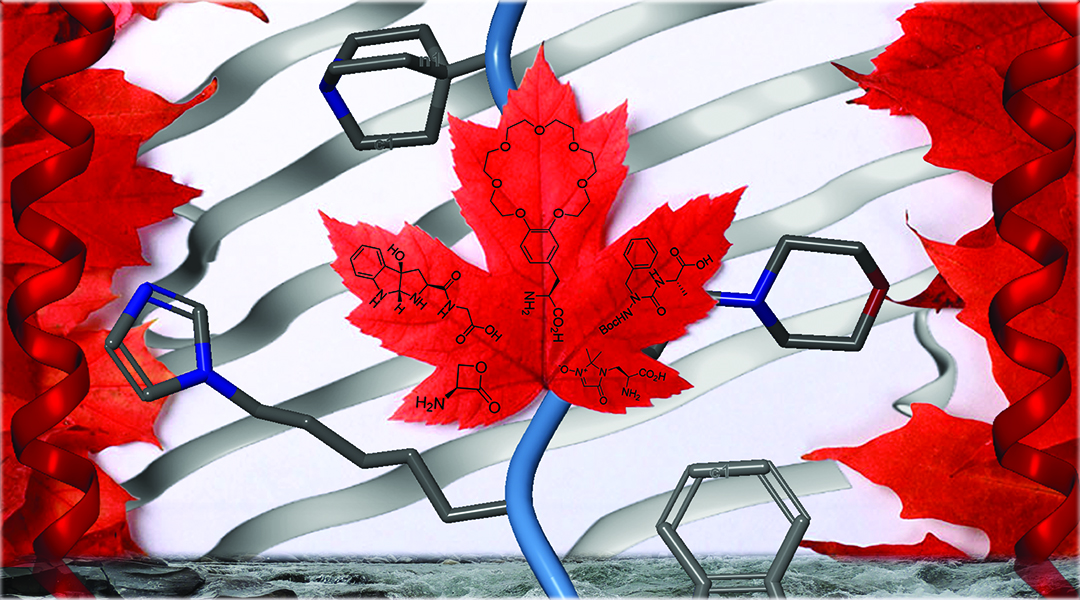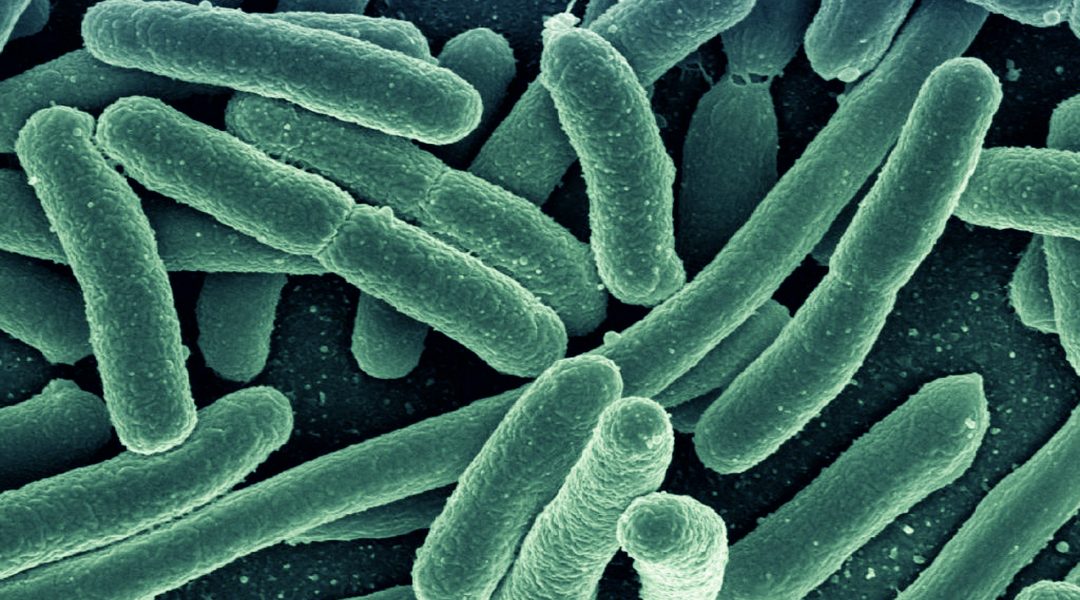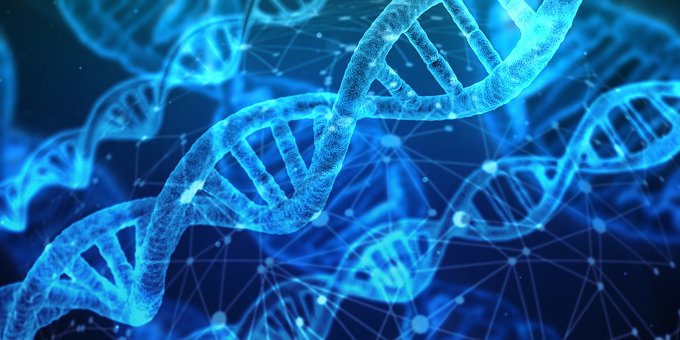Polymer physics is the basis to models that explain chromatin folding mechanisms.


Polymer physics is the basis to models that explain chromatin folding mechanisms.

Peptide research in Canada is highighted in a special issue of Peptide Science, guest edited by William D. Lubell.

Outstanding structural and pharmacological features of eight unique lipid‐binding receptors, one of the most difficult G protein‐coupled receptor families to study, have been revealed.

Guanidine-based nanogels for durable antibacterial and bacterially antiadhesive textiles.

Low cost, on-chip, high-resolution imaging to study cellular dymamics of intact brain organoids.

A novel polymer delivery system for gene therapy slows cancer growth.

From gels to next‐generation sequencing – The evolution of RNA structural probing methods are discussed.

Mammalian DEAD‐box RNA helicase DDX5, its paralog DDX17, and their orthologs in Saccharomyces cerevisiae and Drosophila melanogaster define a subfamily of DEAD‐box proteins.

Understanding the interactions, permeability, and partitioning of drug delivery systems in ocular tissues can improve the drug retention time and bioavailability.

A better understanding of the mechanisms of neuronal nanoparticle transport.